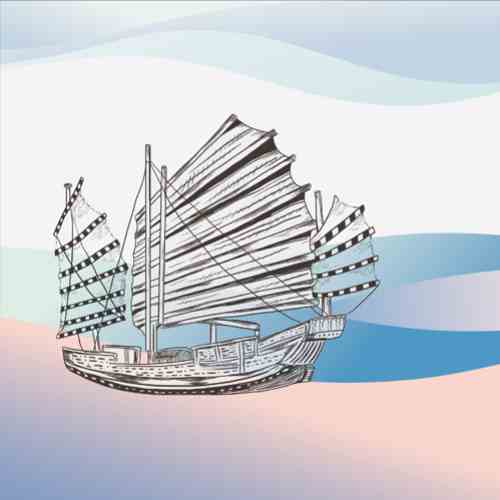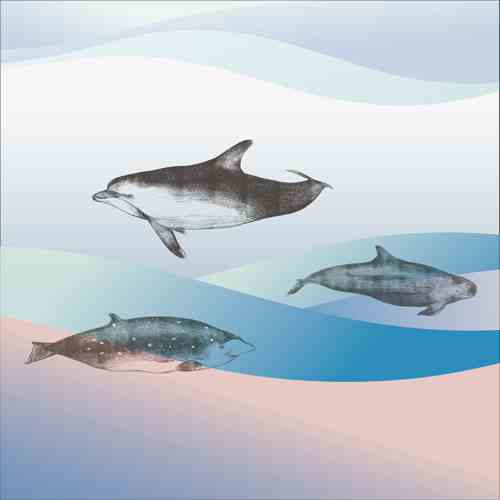Fishermen and the Sea|The people of the Sea - Taos and the Sea|Women and the Sea
Fishermen and the Sea
"Fishing villages and fishermen" is the most common theme in maritime literature. Taiwan is surrounded by the ocean. Ports are found from the south through the north, and even on offshore islands. Songs sung near the ports, descriptions about the local customs of fishing villages, and portrayals of fishermen working hard at sea to survive have all contributed to Taiwan's maritime literary traditions and help capture the essence of the lives of ordinary people.
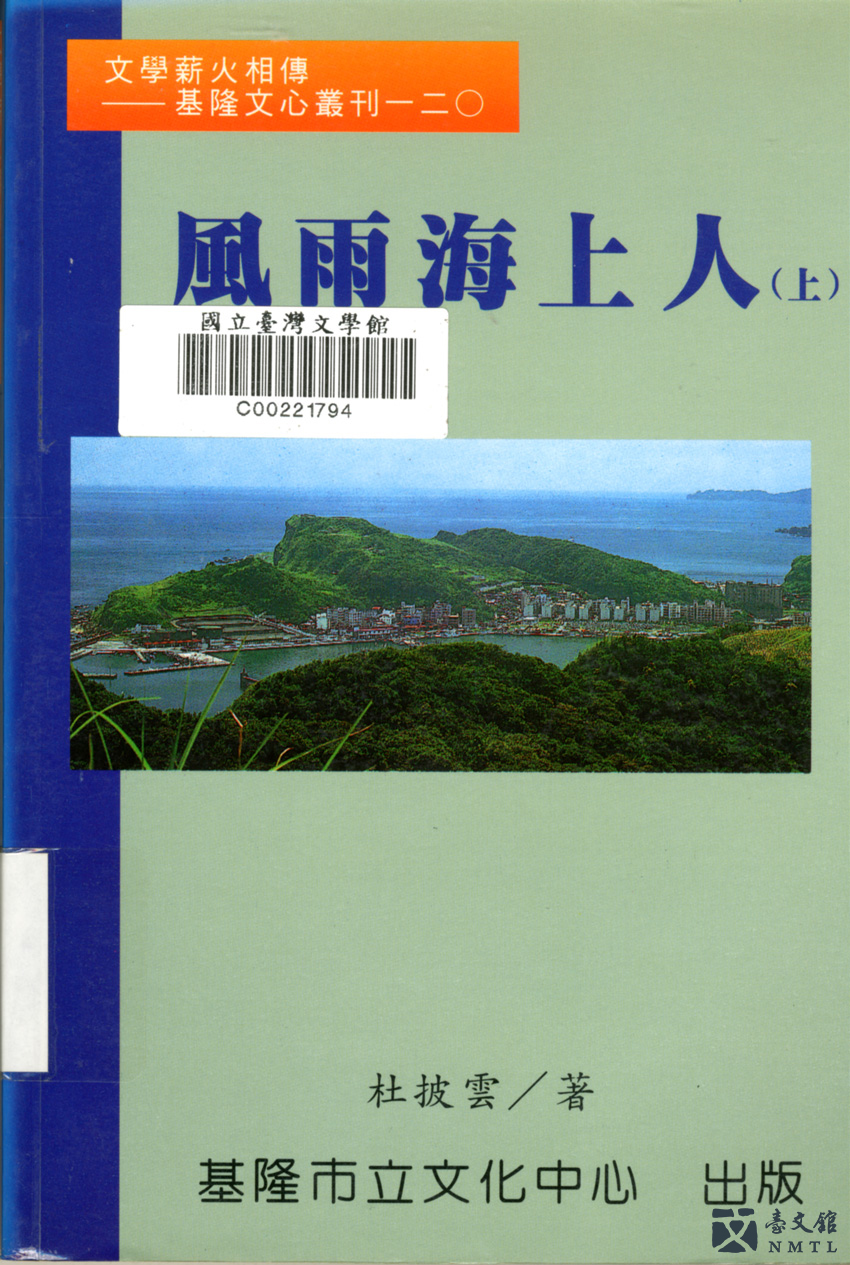
⚓︎ WORKING IN STORMY SEAS|Written by Du Pi-Yun. Published by Chiuko Publishing, July 2000. This book tells a tale about a group of fishermen living in a traditional fishing village in Badouzi, Keelung. The timespan touches on both the Japanese Colonial Period and the postwar era. (Collection of the National Museum of Taiwan Literature)
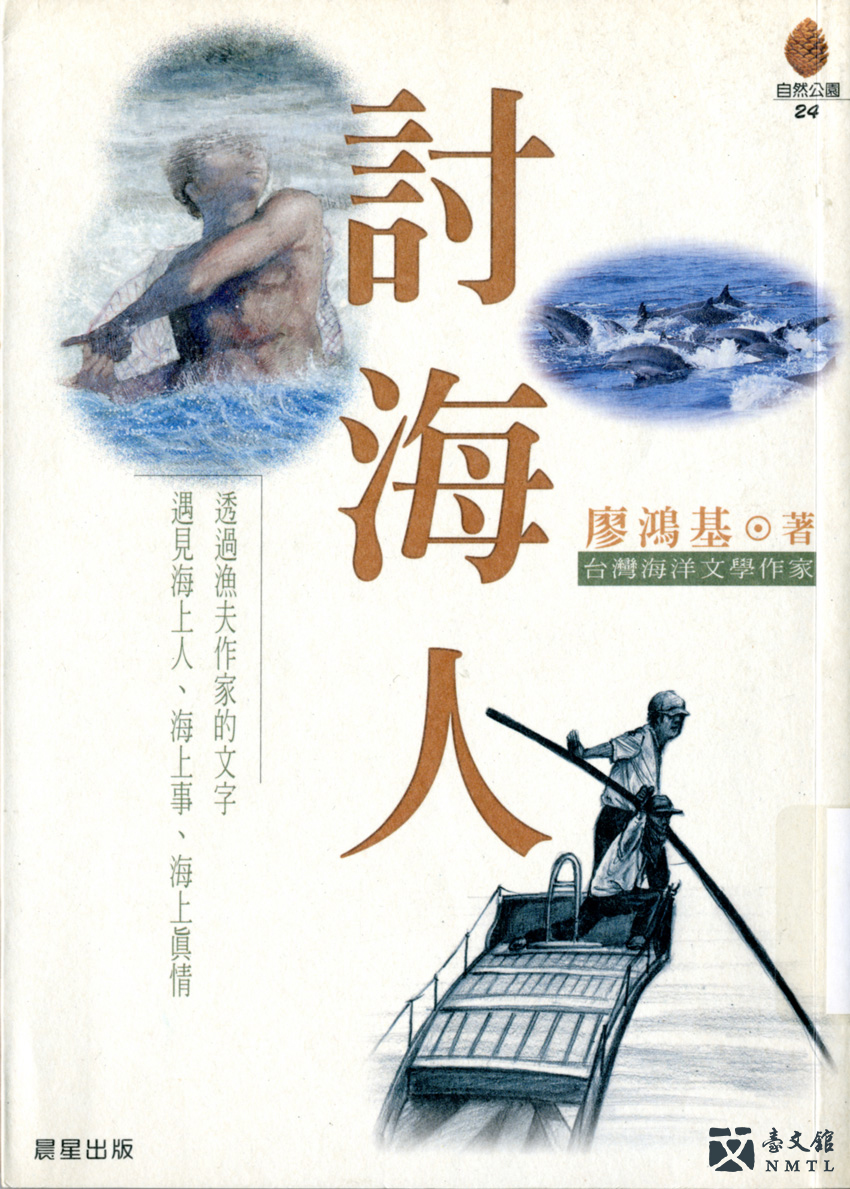
⚓︎ FISHERMEN|Written by Liao Hung-chi and published by Morning Star, 1996. This was Liao's first book. It depicts the hardships of fishermen based on the author's own maritime experience. It also provides the philosophical perspective of fishermen on life at sea. (Collection of the National Museum of Taiwan Literature)
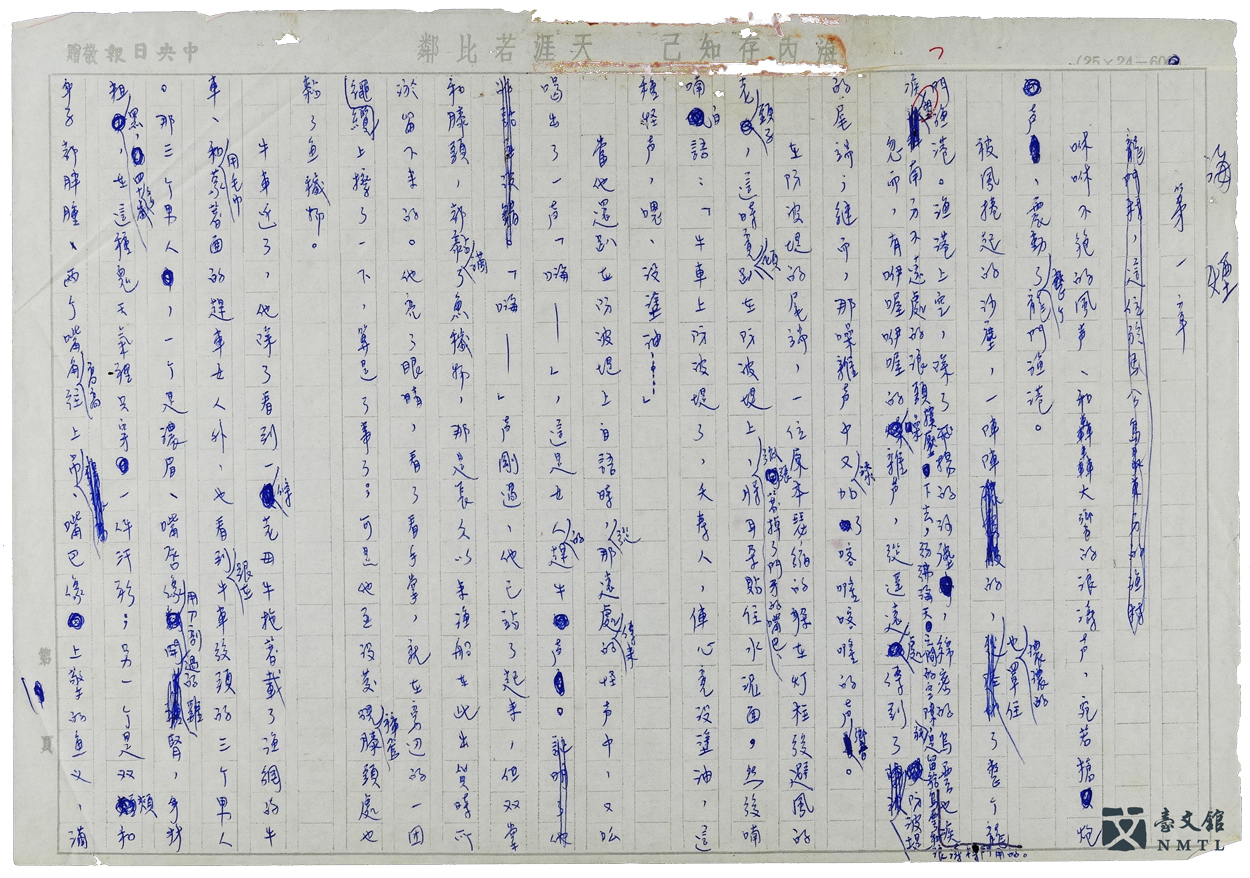
⚓︎ Manuscript of "Sea Mist"|Written by Lu Ze-Zhi. The first five pages of the first chapter of SEA MIST. The draft was completed in 1980. (Lent by Lu Ze-Zhi)
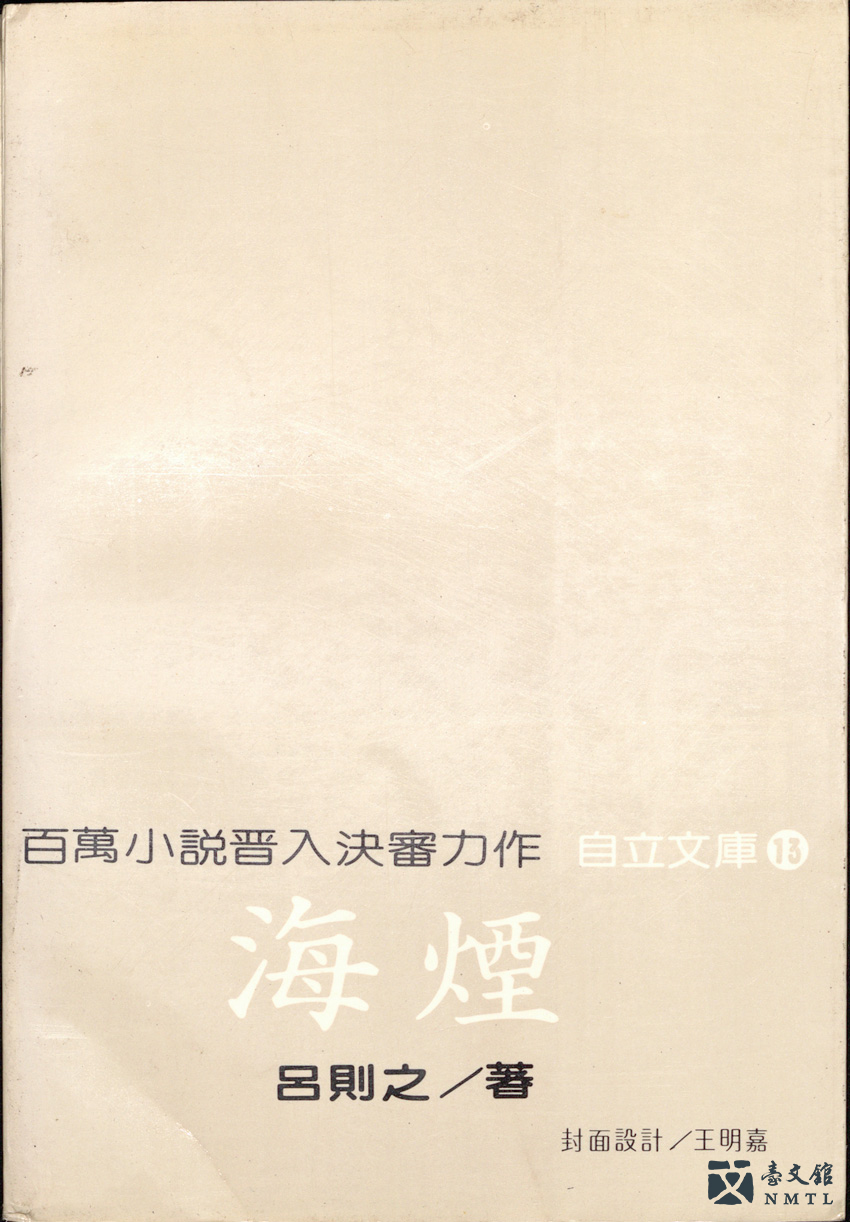
⚓︎ SEA MIST|Written by Lu Ze-Zhi in 1983. Published by INDEPENDENCE EVENING POST. This book, set in Penghu, takes the ocean surrounding Penghu as its theme. It is a novel that illustrates how the customs of Penghu have been influenced by the ocean. Yeh Shi-Tao once commented: "It is an unprecedented book on the ocean in Taiwan, suggesting a new, possible road for Taiwanese literature." SEA MIST was a pioneer of work of late 20th century domestic maritime literature. This book was an Independence Evening Post "Selection of Long Novels" finalist. (From the National Museum of Taiwan Literature permanent collection / Donated by Ye Shi-Tao)


The people of the Sea - Taos and the Sea
The Tao people, who have long lived on Orchid Island, are closely associated with the ocean. From food and rituals to work, every aspect of their lives is intimately tied to the sea. It can be said that the Tao people co-exist with the ocean. For instance, they categorize fish into two kinds: "male fish" and "female fish." The annual flying fish season also reflects the Tao people's attitudes toward the ocean, nature, ecosystems, and life. Compared with the Han people's maritime literature, the maritime literature written by Tao writers features diverse characteristics that are natural, simple, and realistic.
⚓︎ OLD SEAFARER|This is the literary film adaptations of the Reading Taiwan Literature Project (Series 1). Adapted from Syaman Rapongan's OLD SEAFARER. Written and directed by Cheng Yu-Chieh. This film depicts an old seafarer Luoma Bike on Orchid Island and stories about his lonely youth. The calm narrative adopted in this film contrasts sharply with the helplessness and emotional suppression that the protagonist had experienced as a youth. (Lent by the Ministry of Culture, Taiwan (2015))
⚓︎ BOAT SAILING ON THE ROAD:Records on the Construction of the Large 10-Person Tatala Boat from Orchid Island|This display shows the detailed and expert boatbuilding techniques of the Tao people that have been passed on for thousands of years. Also, high-tech scanning images reveal to scholars information about the features and mechanics of the Tatala Boat, enabling the spirit and stories of the Tao people to be shared with future generations. (Lent by the National Museum of Marine Science and Technology, 2013)
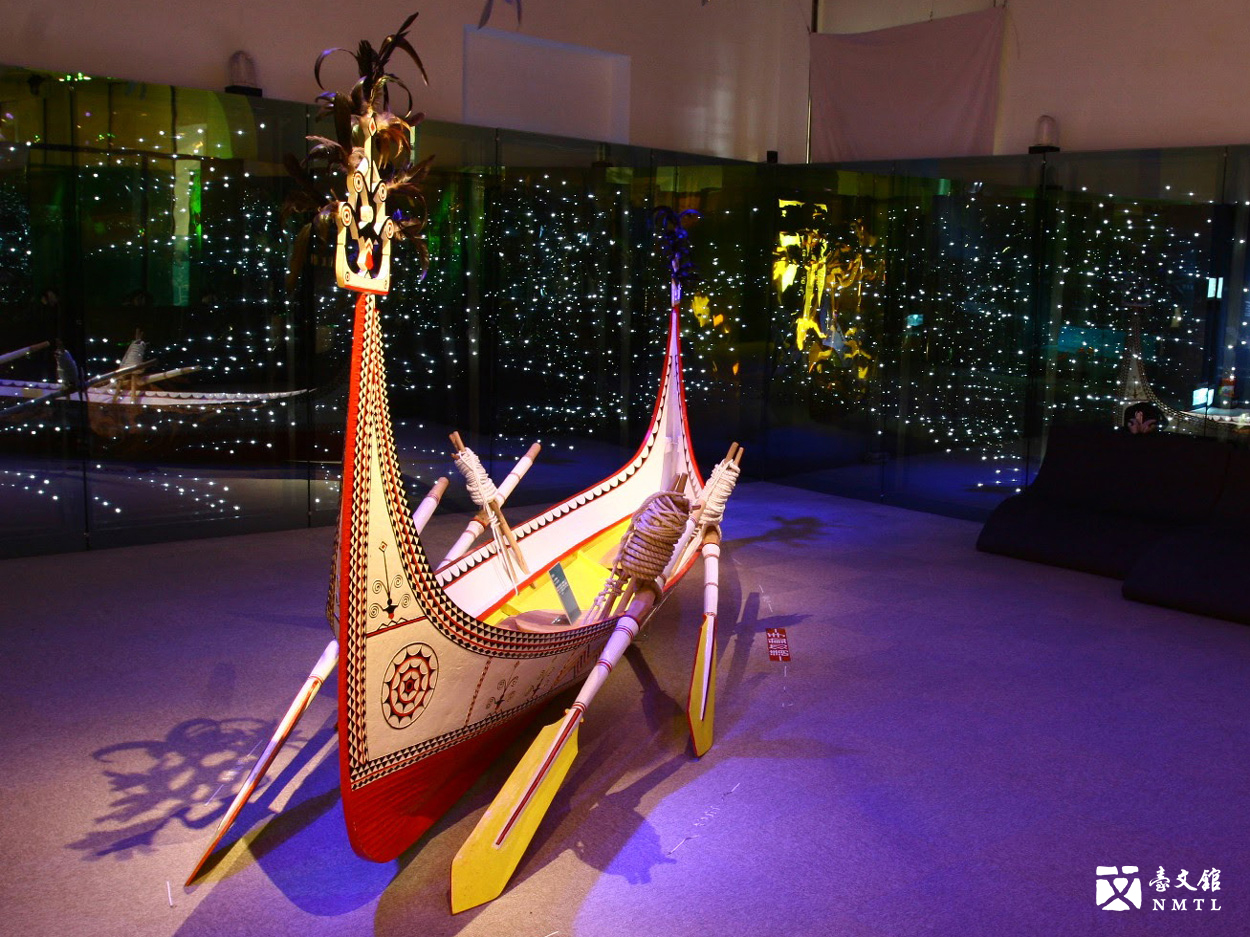
⚓︎ Tatala|Handmade by Orchid Island-born writer Syaman Rapongan.
⚓︎ eBook: LITTLE BOY AND BIG SHARK|Adapted from Syaman Rapongan's work by Lin Chien-Hsiang; illustrations by Hsiao Ya-Chi. This book tells an old story about a Tao boy and a big shark becoming soulmates. (Lent by the National Library of Public Information, 2015) ◎Click the National Library of Public Information e-Book Online Service. Join, and log in to borrow and browse the whole content.
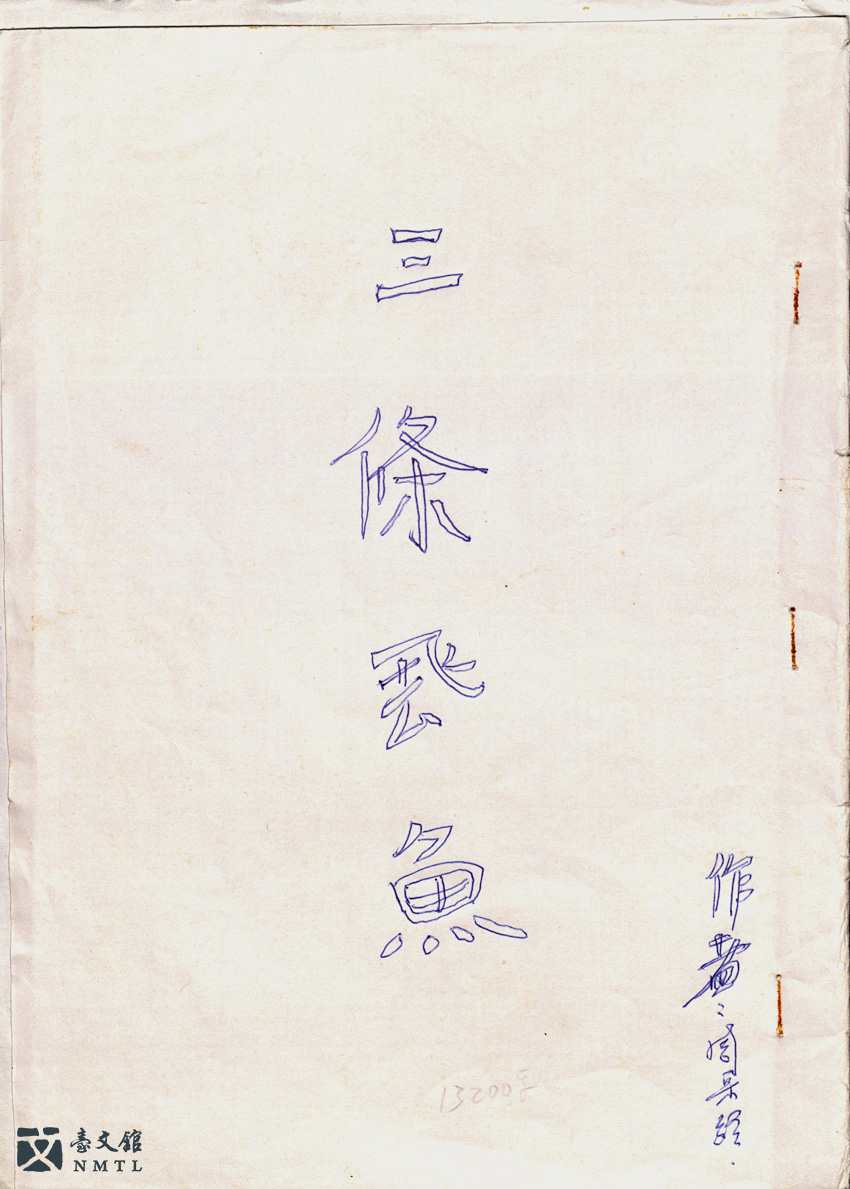
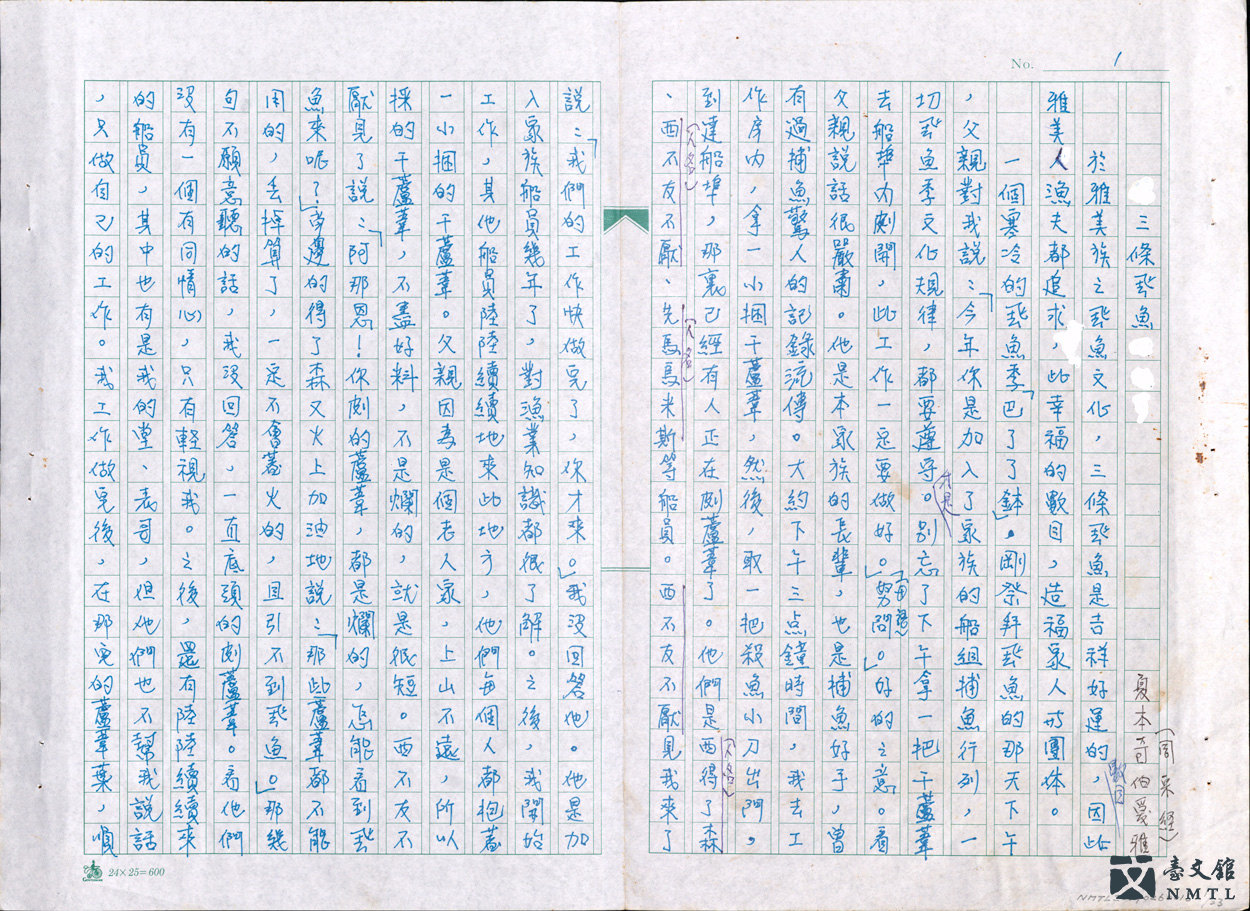
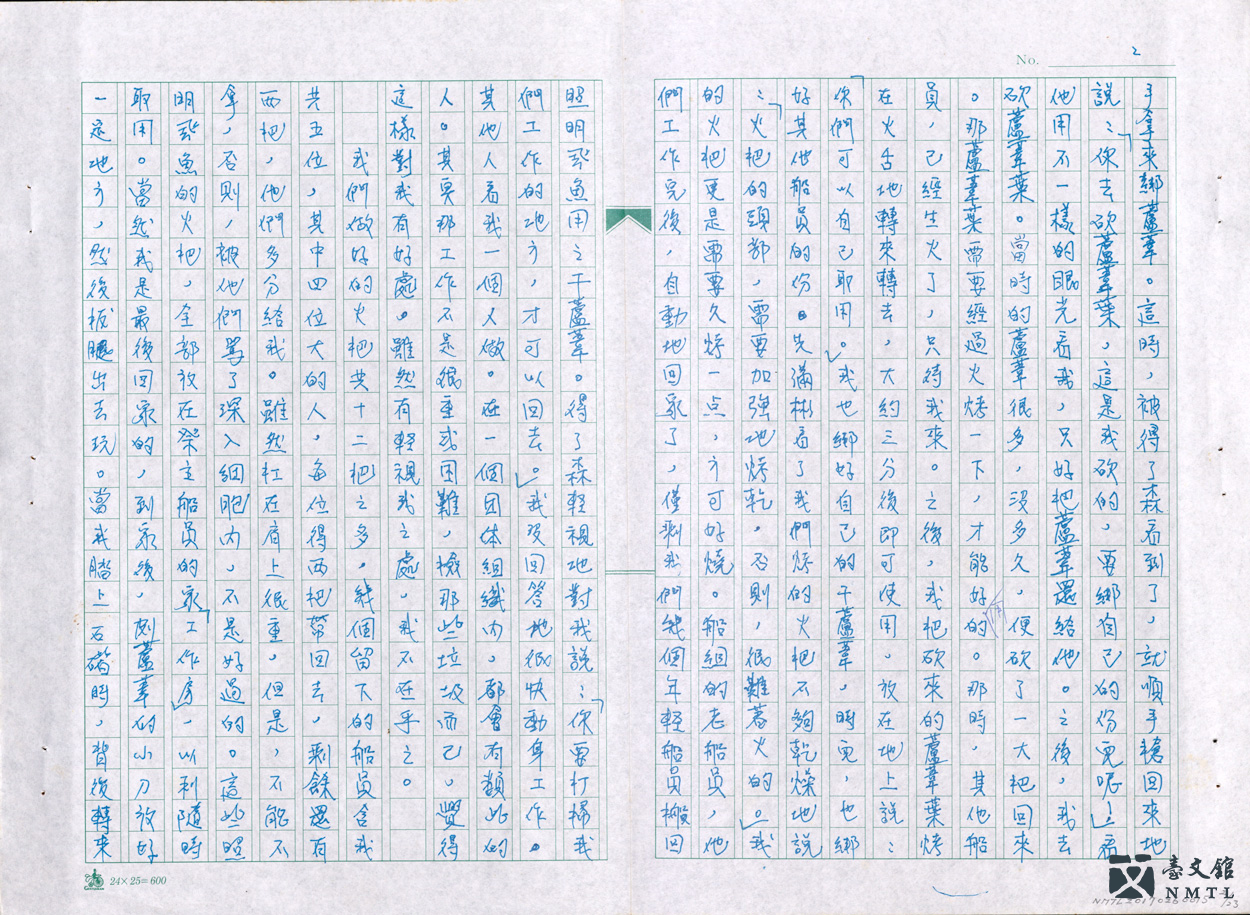
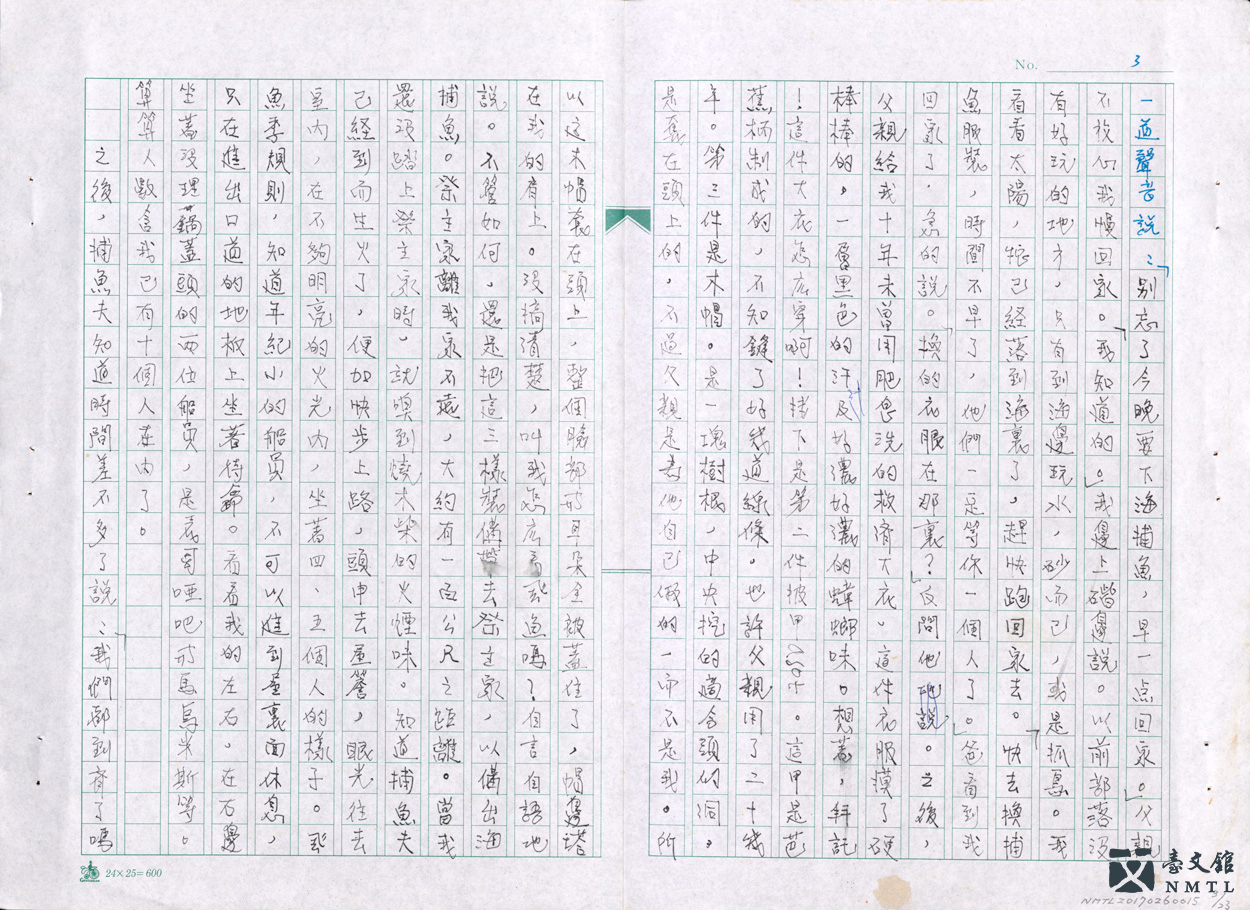
⚓︎ Manuscript of "Three Flying Fish"|Written by Siyapenjipengaya. This story describes the author's experiences when he first joined his family to catch fish, including making torches ("thousand common reeds") to illuminate the flying fish in the water. It also records the congratulatory expressions used during flying fish season and the many taboos about the sea. This manuscript contains words and phrases in the Tao language. The "Three" in the title THREE FLYING FISH is the luckiest number during the flying fish season, followed by all of the other odd numbers from one to ten. (From the National Museum of Taiwan Literature permanent collection / Donated by Siyapenjipengaya)
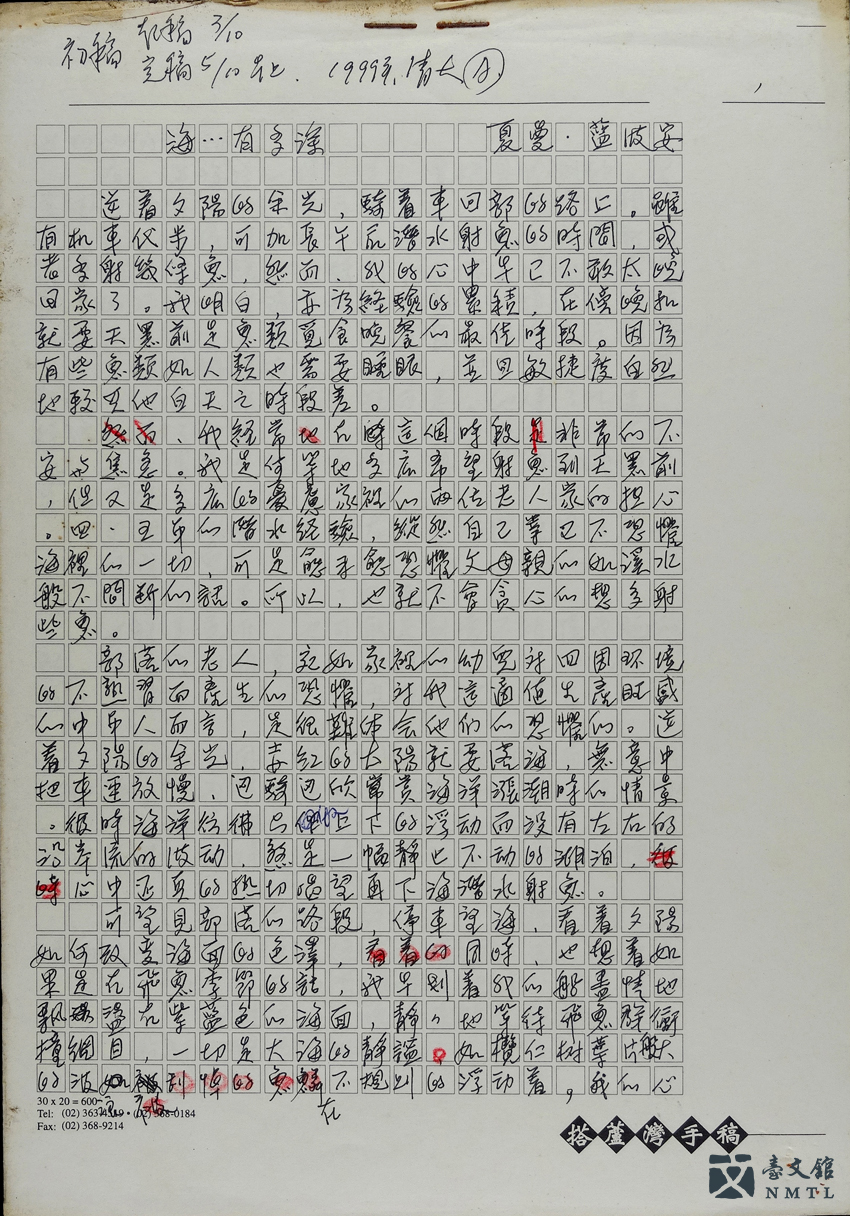
⚓︎ Manuscript of "How Deep Is The Ocean"|Written by Syaman Rapongan and completed on May 10th, 1999. This article contains heartfelt descriptions about family. It also portrays the author's interactions with the fish while catching them, his thoughts, and his love for the ocean. (Lent by Syaman Rapongan)
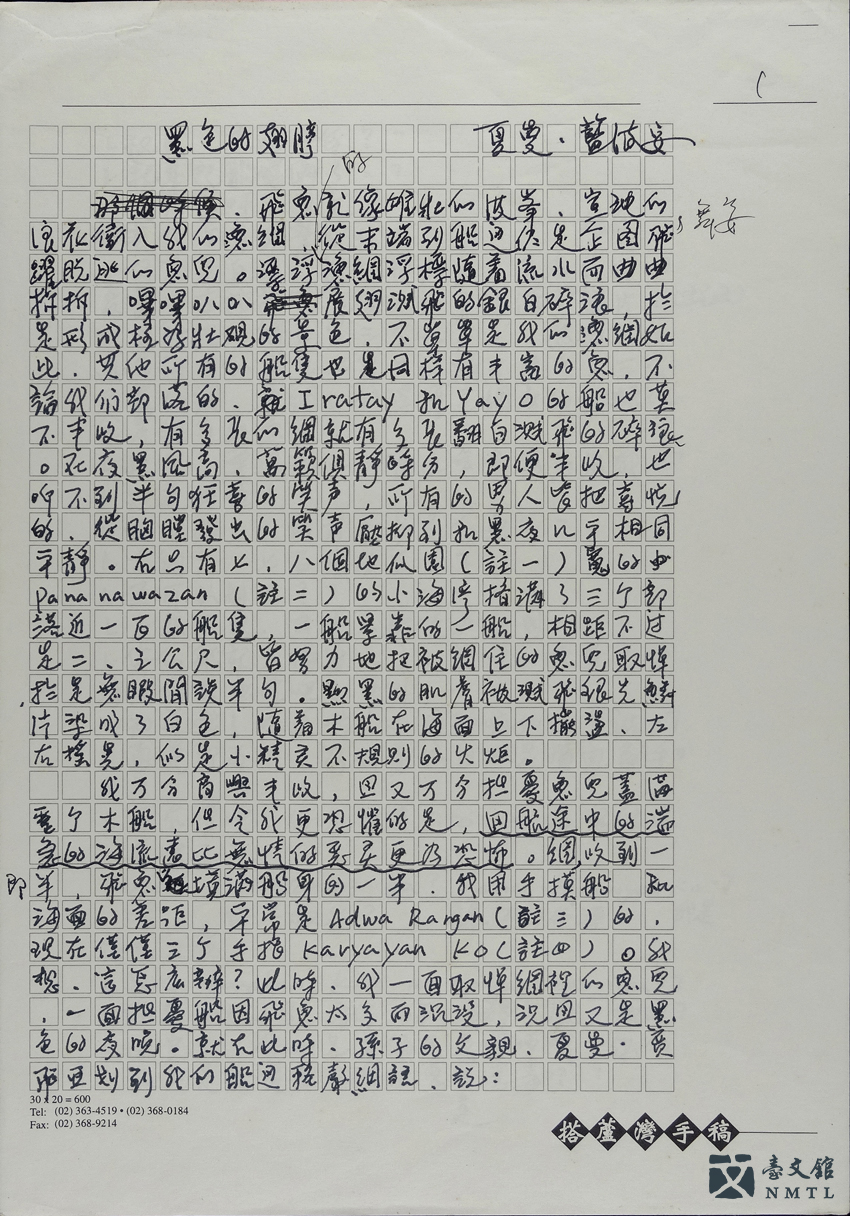
⚓︎ Manuscript of "Black Wings"|Written by Syaman Rapongan. This book illustrates the Tao people's fruitful fishing trips during flying fish season. (Lent by Syaman Rapongan)
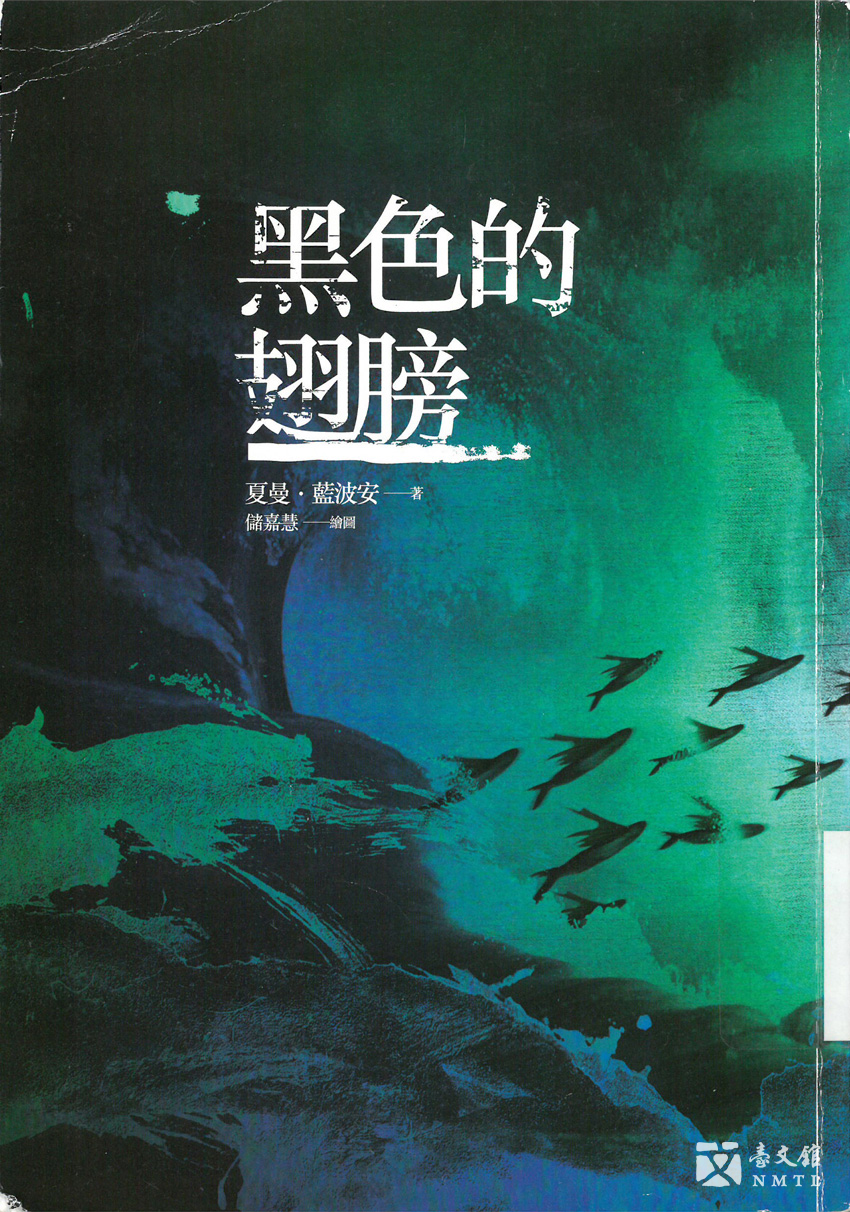
⚓︎ BLACK WINGS|Written by Syaman Rapongan. Published by Linking Publishing in August 2009. BLACK WINGS depicts the legendary stories and knowledge of the flying fish god, which embodies the core spirit of the Tao people. It also illustrates the love for the ocean and shared friendship of four Tao youths. The conversations in this book are shown in both Chinese and in the Tao language, as written phonetically in Roman letters. (Collection of the National Museum of Taiwan Literature)
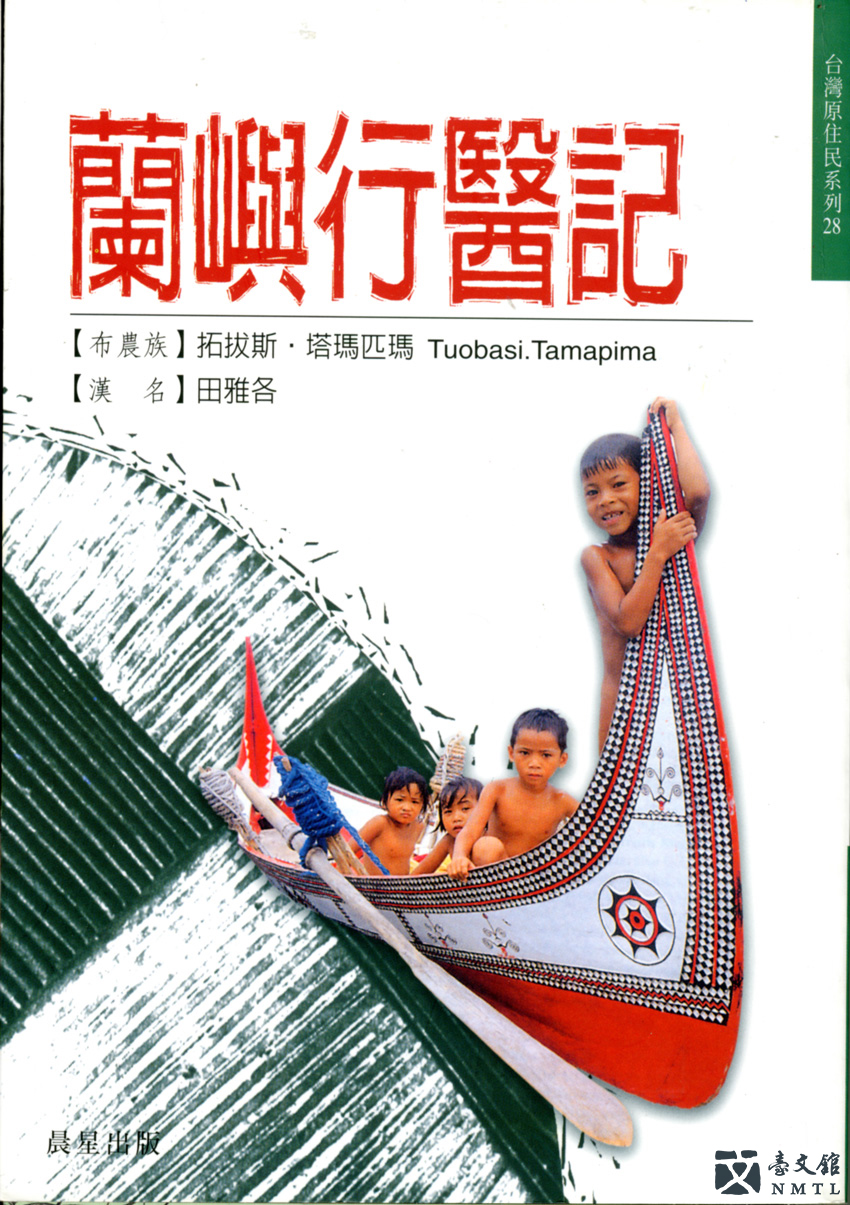
⚓︎ PRACTICING MEDICINE IN ORCHID ISLAND|Written by Tien Yage (Tulbus Tamapima) and published by Morning Star, June 1998. This book discusses Tulbus, a Bunun doctor, and his experience in practicing medicine on Orchid Island. The book is written in prose style to show the cultural differences between "mountain" and "coastal" indigenous people. (Collection of the National Museum of Taiwan Literature)
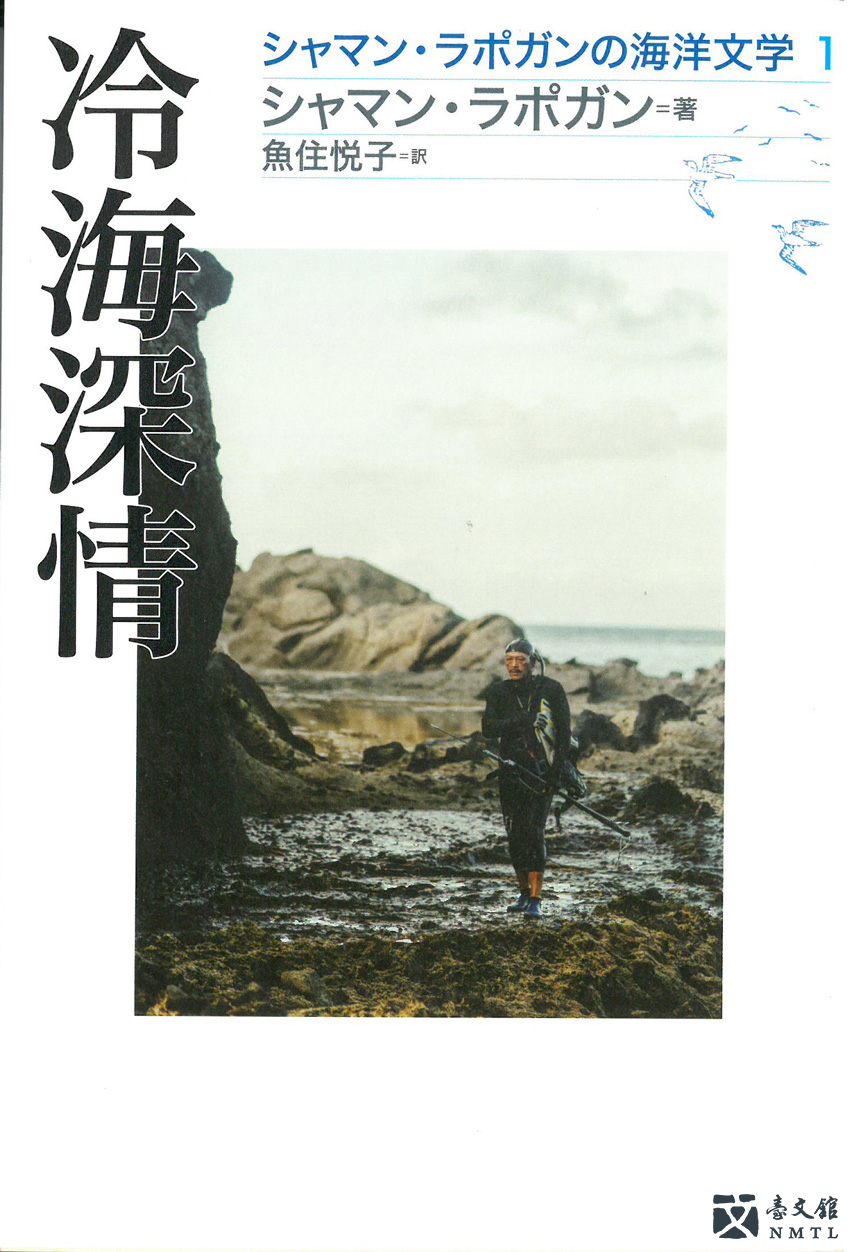
⚓︎ Japanese version of COLD SEA, DEEP FEELING|Written by Syaman Rapongan and translated by Uozumi Etsuko. Tokyo, Japan: Sofukan, 2014. (Collection of the National Museum of Taiwan Literature)


Women and the Sea
The association between the ocean and survival is often connected with men. The crews voyaging to distant waters, fishermen working at sea, and sailors out at sea are all male figures. However, maritime literature also pays attention to female characters such as women bidding farewell to their husbands at the harbor, women working in fishing villages, and children waiting for their fathers to return home from the sea. All of these characters capture the female perspective in maritime literature.
⚓︎ Local Writer from Badouzi, Keelung : Wang To|Wang To, the author of AUNTIE JIN SHUI, introduces his hometown of Badouzi and its sea views of Keelung Islet. This place and the people living along the sea gave him great inspiration for his writing. The moments he spent watching the sea in the past shaped his tough character, which is as strong as the sea. He also perceived how small humans are in comparison with nature. (Lent by the National Museum of Marine Science and Technology)
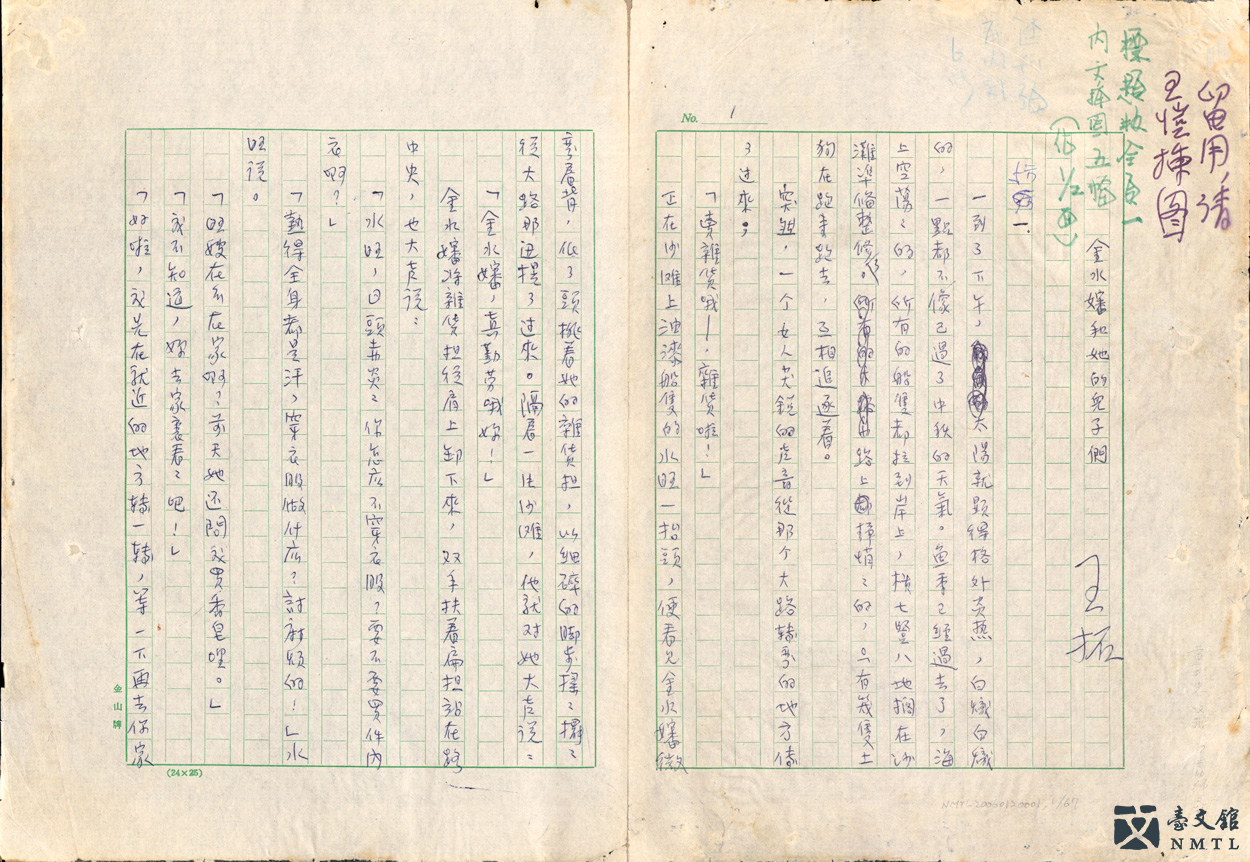
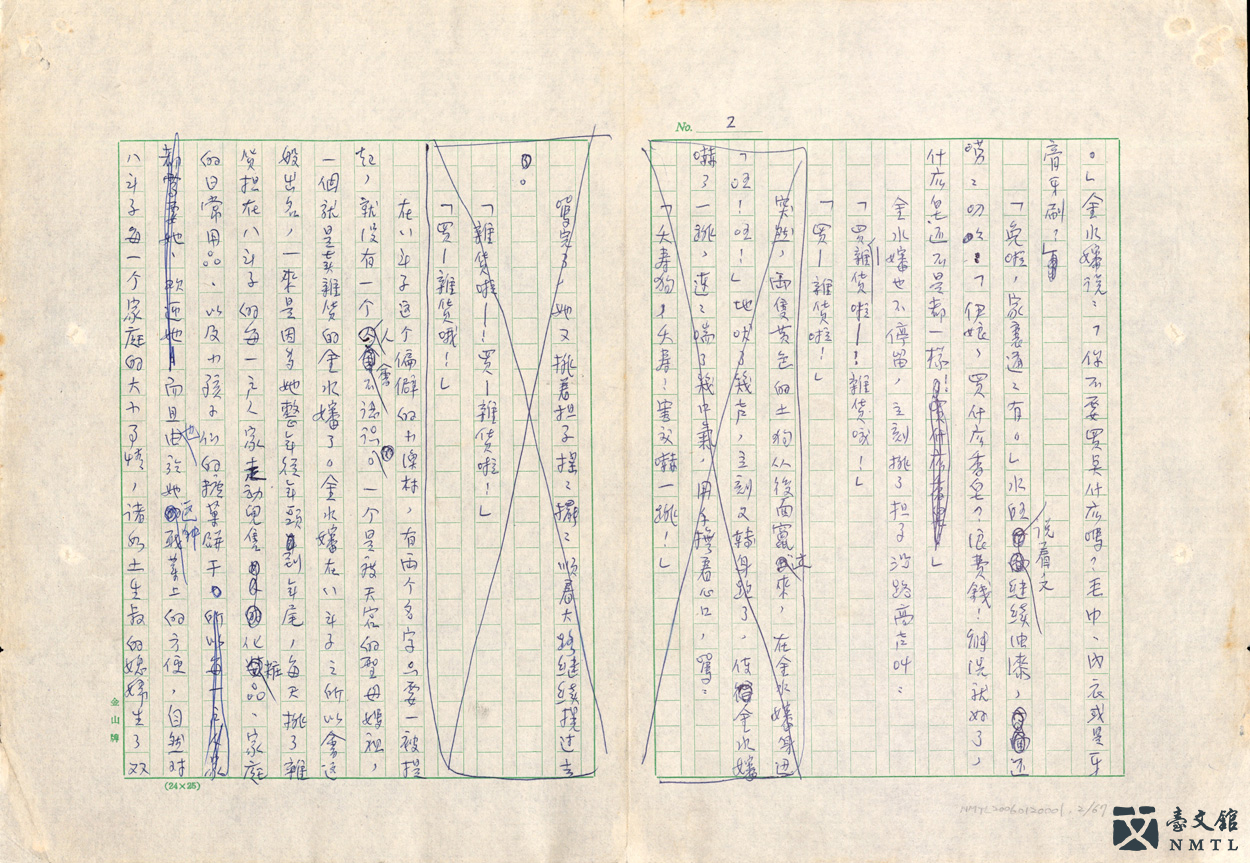
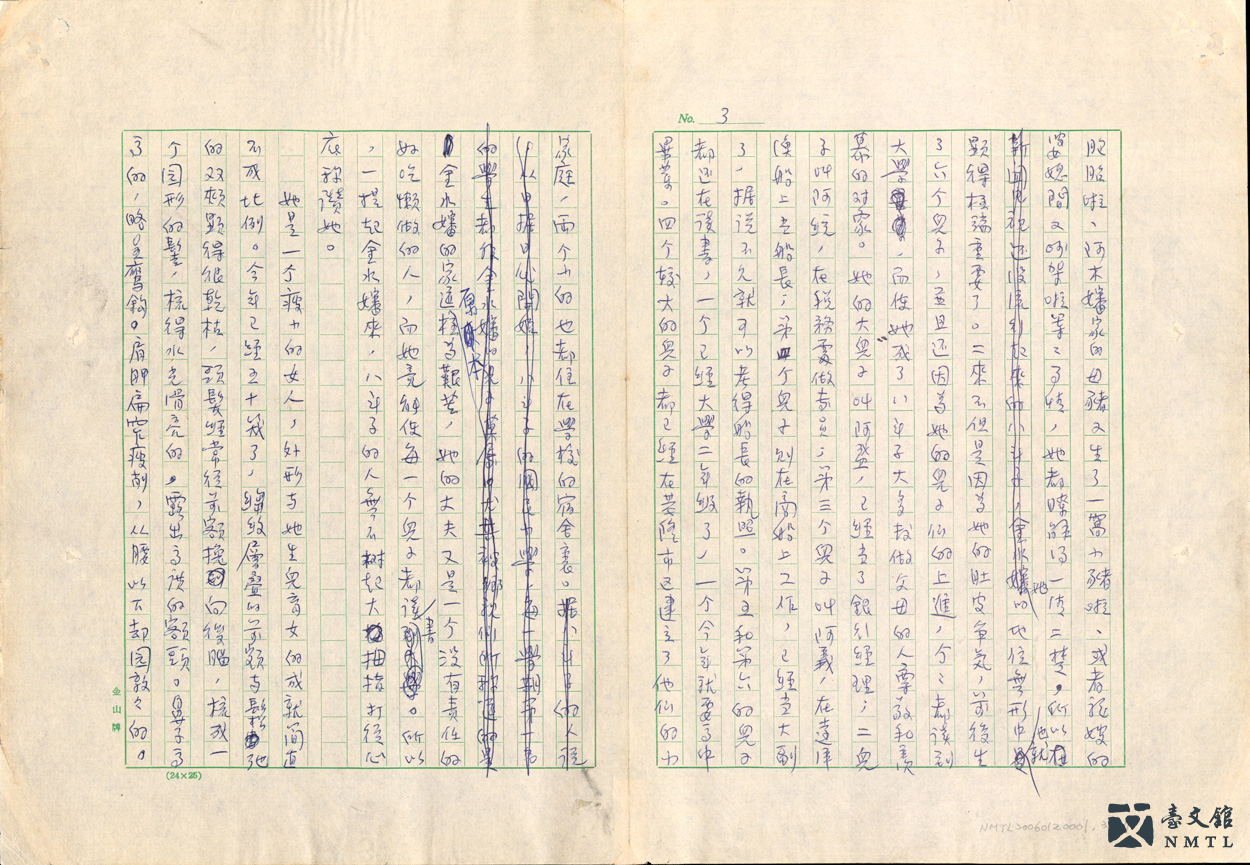
⚓︎ Manuscript of "Auntie Jin Shui and Her Sons|Wang To's writing on poverty and daily life in Badouzi fishing village, Keelung. (From the National Museum of Taiwan Literature permanent collection / Donated by Wang To)

⚓︎ AUNTIE JIN SHUI|Written by Wang To and published by Xiang Cao Shan, 1976. This book is set in Wang To's hometown of Badouzi, Keelung. The protagonist is a hardworking, humble, and persistent traditional woman called Auntie Jin Shui. The story shows her being unable to keep step with the changes in society in a closed and underdeveloped fishing village. The novel was made into a movie of the same name in 1987. (From the National Museum of Taiwan Literature permanent collection / Donated by Li Kui-Xian)

⚓︎ CHILDREN OF THE SALT PANS|Written by Cai Su-Fen and published in May 1994 by Linking Publishing. This book is set in a coastal village in Qigu, Tainan. It describes the life of women who work on the salt pans. It is set during Taiwan's transition from an agrarian to a commercial society in the 1950s / 1960s and focuses in on the decline of the traditional fishing village. (Collection of the National Museum of Taiwan Literature)


